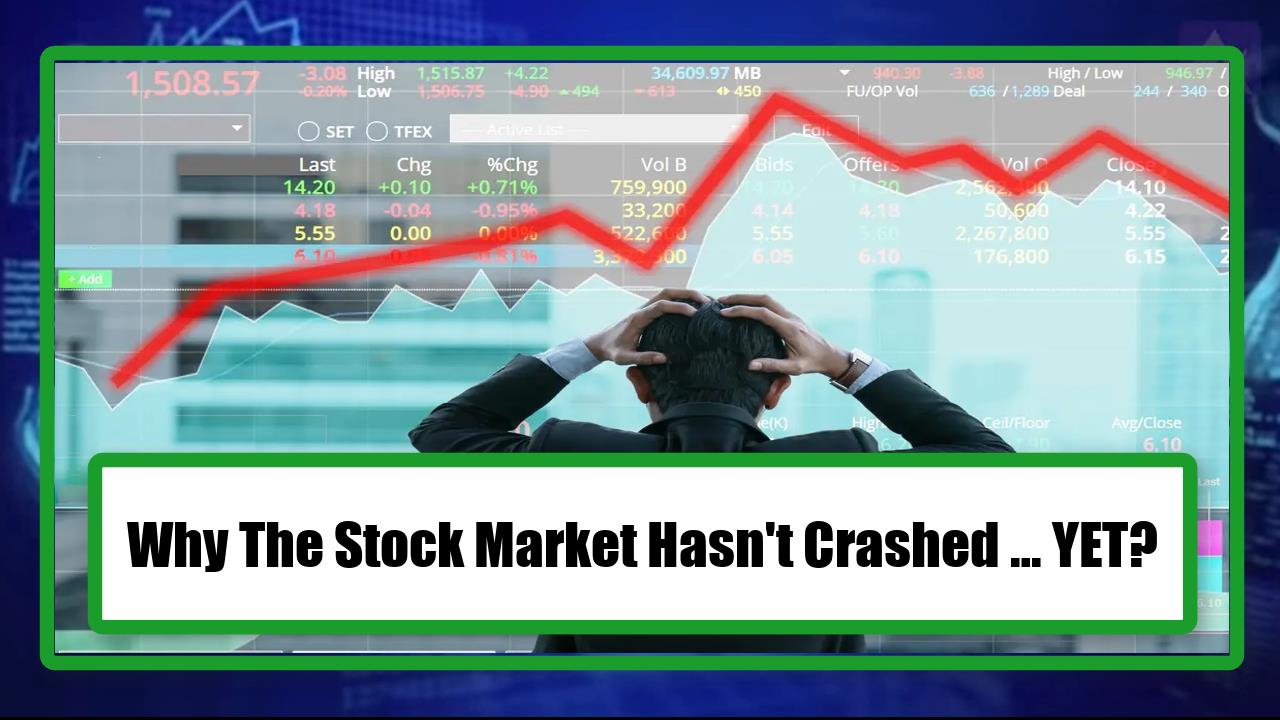Video:
Take our online poll:
AI Analysis:
The disconnect between Wall Street and Main Street in terms of the economy can be attributed to several factors:
1) Different Metrics: Wall Street and Main Street often use different metrics to gauge the health of the economy. Wall Street primarily focuses on financial indicators, such as stock prices, corporate profits, and economic indicators that impact financial markets. Main Street, on the other hand, is more concerned with day-to-day economic conditions, including employment, wages, and the cost of living.
2) Time Horizons: Wall Street tends to have a shorter time horizon and is driven by the desire for short-term profits. Investors and traders may react to immediate financial news and events, leading to rapid market movements. In contrast, Main Street is concerned with long-term economic stability, job security, and sustainable economic growth.
3) Inequality: Economic inequality can exacerbate the disconnect. Stock ownership is concentrated among a relatively small portion of the population, while the majority of people on Main Street do not own significant amounts of stocks. Therefore, stock market gains may not directly benefit the broader population.
4) Globalization: Wall Street is influenced by global markets and international trade. Economic conditions in other countries can impact stock prices and corporate profits, even if Main Street's concerns are primarily domestic.
5) Economic Policies: Monetary policies, such as interest rate decisions made by central banks, and fiscal policies, like government stimulus programs, can have a more direct and immediate impact on Wall Street. These policies can stimulate financial markets without necessarily providing immediate relief to the broader economy.
6) Psychology and Sentiment: Investor sentiment and market psychology can lead to exaggerated reactions on Wall Street. For example, stock prices can be driven by speculative bubbles or market panics that don't necessarily reflect the underlying economic fundamentals.
7) Information Asymmetry: Wall Street often has access to more information, sophisticated analysis, and faster execution of trades compared to the average person on Main Street. This information advantage can lead to disparities in decision-making.
8) Global Trade and Multinational Corporations: Large multinational corporations often make up a significant portion of stock market indices. These companies may be less tied to the domestic economy and can benefit from global market opportunities, even when the local economy faces challenges.
9) Regulatory and Policy Differences: Regulations and policies that affect financial markets and Main Street are often distinct. The interests of Wall Street may be driven by regulatory changes that Main Street might not directly experience.
10) Speculation and Market Behavior: Speculation and trading activity on Wall Street can lead to stock price movements that aren't always grounded in the real economy. Short-term trading strategies can exacerbate market volatility.
The disconnect between Wall Street and Main Street is a complex issue driven by a combination of structural, psychological, and systemic factors. It underscores the importance of considering multiple indicators and understanding the nuances of the financial world when evaluating the broader health of the economy.
Chart:

References:


Comments